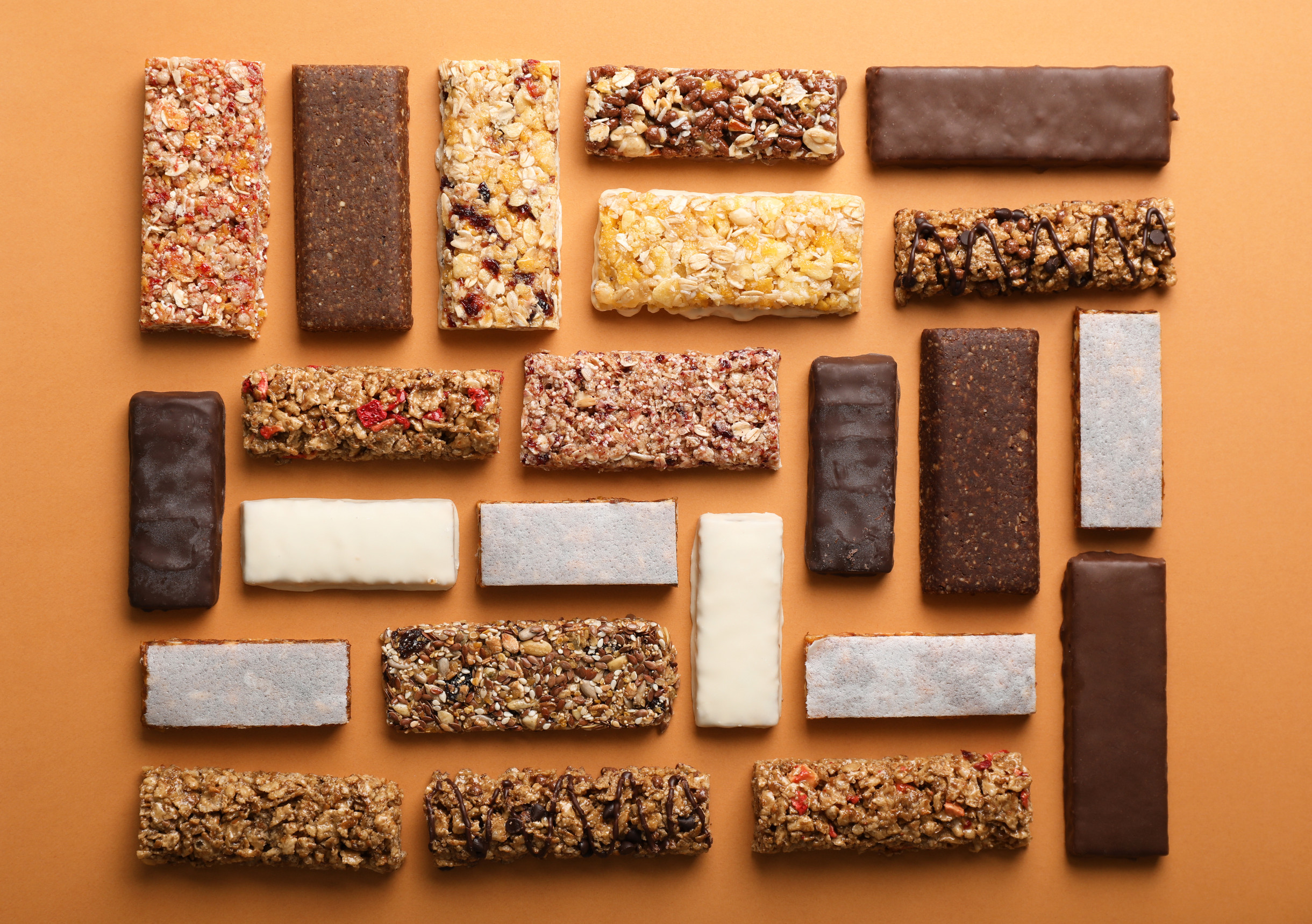We all want to make smarter choices when it comes to what we eat. That’s why so many people reach for items labeled “low-fat,” “all-natural,” or “whole grain.” But here’s the catch: just because something looks healthy doesn’t mean it’s good for you, especially when it comes to sugar. Many seemingly healthy foods are loaded with hidden sugars that can spike your blood sugar and sabotage your health goals. Let’s take a closer look at seven popular “health” foods that are sneakily packed with sugar.
1. Flavored Yogurt

Healthy strawberry fruit flavored yogurt with natural coloring in plastic cup isolated on white rustic background with little silver spoon – top view shot in studio
Yogurt has a healthy image thanks to its probiotics and calcium, but flavored varieties are often dessert in disguise. A single serving of fruit-on-the-bottom yogurt can contain as much as 20 grams of added sugar. That’s nearly the same as a chocolate bar! Even vanilla or honey-flavored options can be loaded with sweeteners. If you want the benefits without the sugar overload, go for plain Greek yogurt and add your own fruit or a drizzle of honey.
2. Granola and Granola Bars
Granola is often marketed as a wholesome breakfast or snack option, especially when it’s labeled “organic” or “gluten-free.” But many brands pack their granola and bars with sugar in the form of honey, agave, brown rice syrup, or molasses. One cup of granola can easily contain over 25 grams of sugar, depending on the brand. Granola bars aren’t much better—they’re often closer to candy bars than health food. Always check the label, and consider making your own granola at home to control the ingredients.
3. Bottled Smoothies and Juices
A bottled smoothie may seem like a fast, nutritious option, but many are essentially fruit-flavored sugar bombs. Some bottles contain more than 40 grams of sugar in a single serving, especially if they’re made with fruit juice concentrate rather than whole fruit. While the sugar may be “natural,” your body still processes it the same way. The fiber found in whole fruits is often missing in these drinks, making the sugar hit even more intense. When possible, make your own smoothie at home with leafy greens, whole fruit, and a protein source to keep it balanced.
4. Instant Oatmeal Packets
Oatmeal can be one of the healthiest breakfasts around, but those flavored instant packets often come with a sugar overload. Maple and brown sugar or apple cinnamon flavors may contain up to 12 grams of added sugar per packet. And let’s be honest—most people use two. The good news is you can enjoy the same convenience with plain instant oats and your own toppings like cinnamon, bananas, or a sprinkle of nuts. You’ll cut back on sugar and stay full longer.
5. Salad Dressings and Marinades
Salads may be the poster child for healthy eating, but what you pour on top can quickly sabotage your good intentions. Many store-bought dressings—especially “light” or “fat-free” varieties—make up for lack of fat with extra sugar. Just two tablespoons of honey mustard or raspberry vinaigrette can sneak in 7–10 grams of sugar. Marinades are no better, especially teriyaki or barbecue sauces, which often list sugar as a top ingredient. Try making your own simple vinaigrette with olive oil, vinegar, and herbs to keep things clean and flavorful.
6. Protein Bars and “Healthy” Snack Packs

Image Source: 123rf.com
Protein bars are popular with fitness fans, but not all of them live up to their health claims. Many are packed with sweeteners to improve taste, especially those that mimic desserts like cookie dough or birthday cake. Some bars contain over 15 grams of sugar, sometimes more than a donut. Even “snack packs” of dried fruit and nuts can be loaded with added sugars and preservatives. If you need a snack, opt for hard-boiled eggs, a handful of almonds, or fresh fruit with nut butter.
7. Dried Fruit
Dried fruit might seem like a healthy snack, but it’s one of the biggest hidden sugar traps. Drying fruit concentrates its natural sugars, and many brands add even more sugar during processing. A small serving of sweetened dried cranberries or mango can contain over 20 grams of sugar. Plus, it’s easy to overeat dried fruit because it’s less filling than fresh. Look for unsweetened versions and keep your portions small to enjoy the flavor without the sugar rush.
Reading Labels = Real Power Over Your Plate
These foods all wear the mask of health, but once you dig into the ingredients, the sugar content tells a very different story. If you’re trying to eat clean or watch your sugar intake, the most important thing you can do is read the labels. Don’t let pretty packaging or “natural” buzzwords fool you. Armed with awareness, you can make better choices that actually support your health goals. Healthy eating starts with knowing what’s really in your food.
Which of these sneaky sugar bombs surprised you the most? Drop a comment below—your go-to “healthy” snack might be fooling others too!
Read More
9 Grocery Items You Thought Were Healthy But Are Actually Just Clever Marketing
The Rise of Air Fryer Cooking: Is It Really Cheaper and Healthier?


